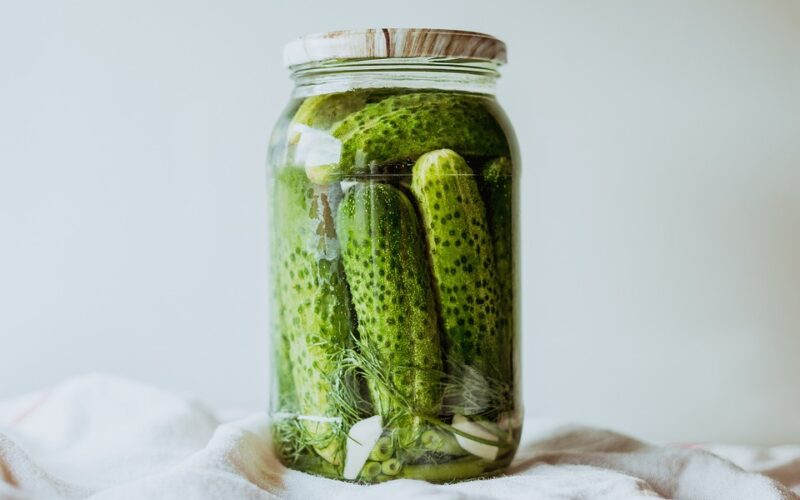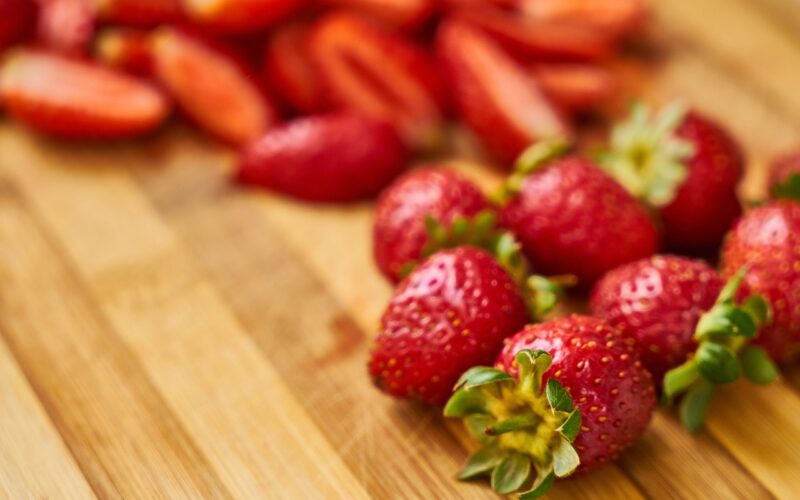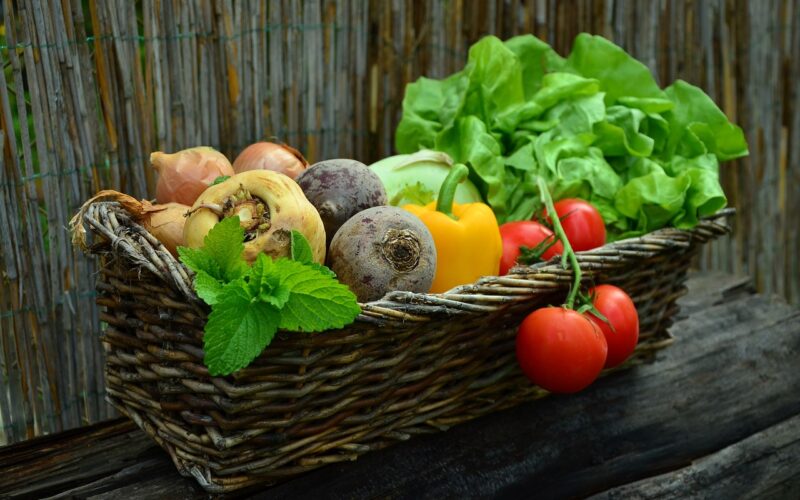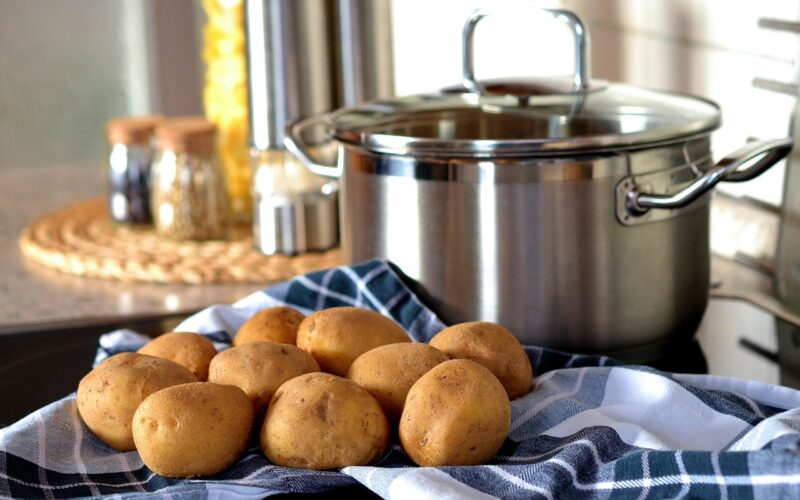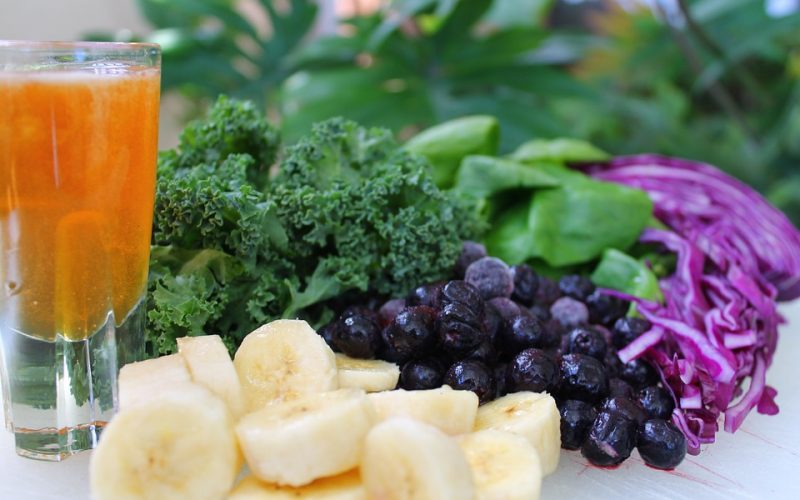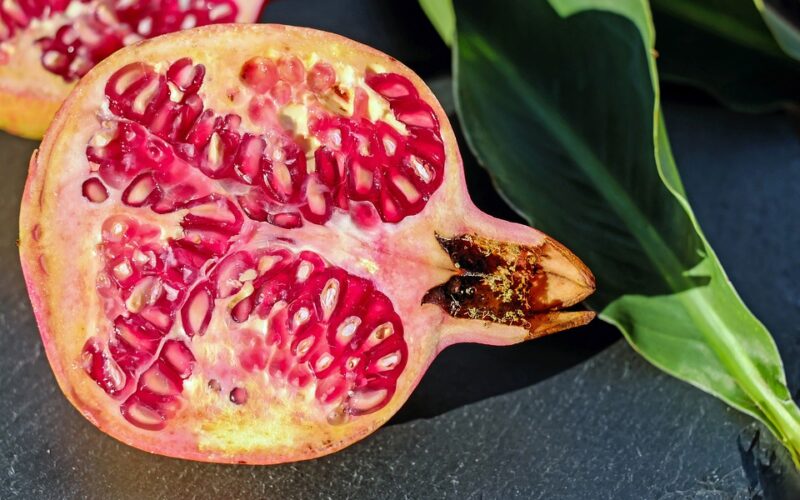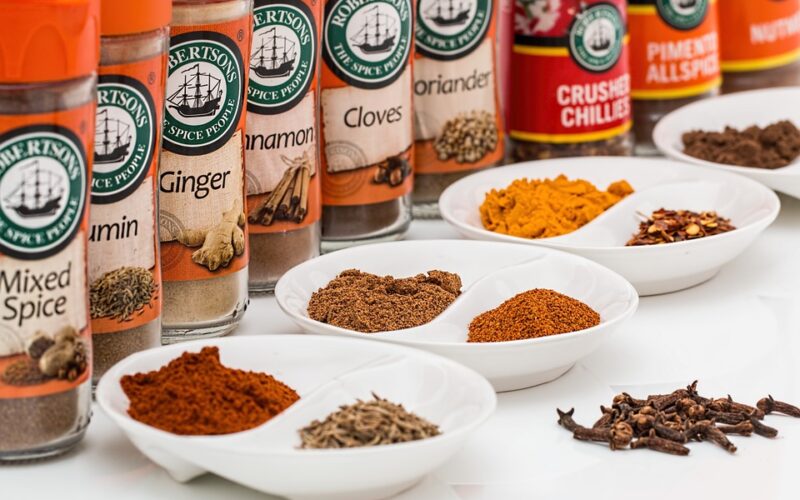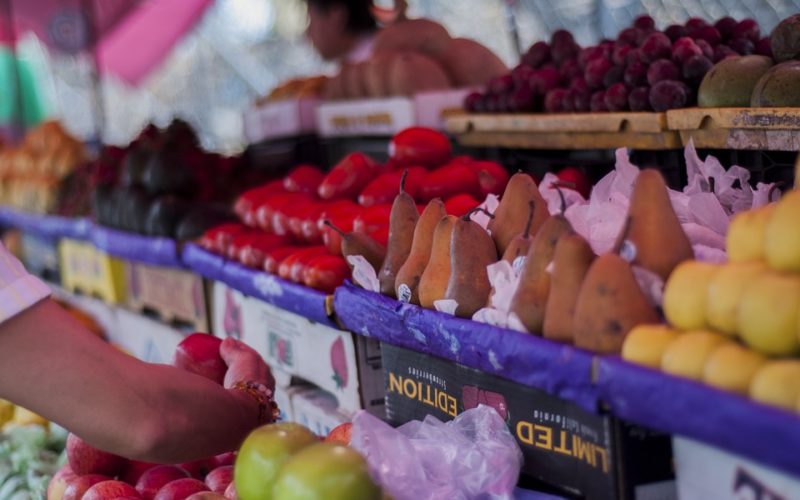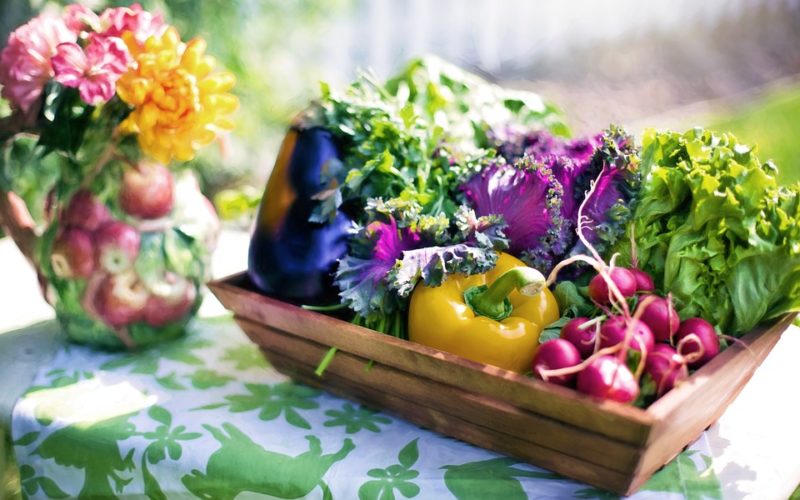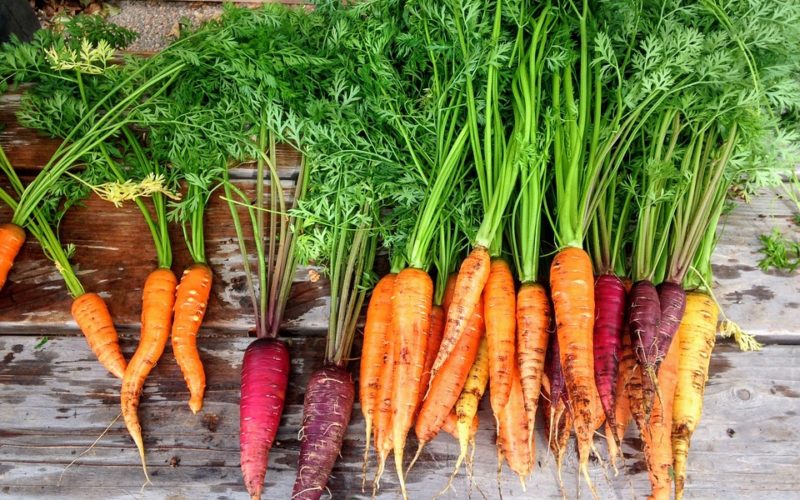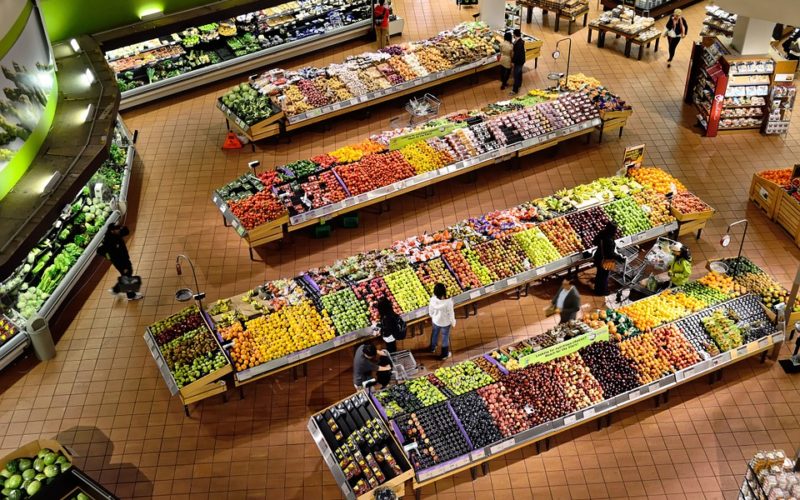Would you like to truly maximize your body's digestion and have access to an abundance of tasty, nutrient rich foods? If so, then fermentation should be your next venture. Fermenting vegetables is an ancient technique that has been practiced for generations due to its numerous proven health benefits.
Not only can fermenting reduce the risk for certain diseases, but it also makes many previously inedible plant parts accessible. It also yields new flavours, textures, and a unique way of preserving food for longer periods of time.
Live bacterial culture
Fermenting is an ancient way of preserving food that uses bacteria and yeasts to break down the food, often resulting in a tangy, flavourful result. When it comes to vegetables, some of the most popular fermented items include pickles, sauerkraut, kimchi and kefir.
Fermenting not only adds loads of new taste but also boosts nutritional value. The live bacterial culture that occurs during fermentation can dramatically increase the levels of vitamins, minerals and amino acids.
The bacteria help break down components in the vegetables that your body can more easily absorb and process, meaning you get even more out of the veggies than before.
Additionally, some studies suggest that there may be powerful health benefits to adding fermented vegetables to your diet such as enhanced digestion and improved immunity.
Probiotic health benefits
Fermenting vegetables at home is a great way to add flavour, texture, and probiotic health benefits to your cooking. All you need is some simple equipment and vegetable ingredients, sea salt, purified or filtered water; and the vegetables themselves, whether cabbage for sauerkraut or cucumbers for pickles.
To get started, chop or slice your vegetables the way you want them. Mix them with the sea salt until they are coated. Place them in a sealed glass jar and press down on the mixture to allow some of the juices to release from the vegetables.
Pour in just enough of the purified or filtered water so that it covers them completely then seal in an airtight lid, place a weight on top if needed, and let it sit away from direct sunlight for several days. Depending on taste preference and desired level of fermentation you can adjust the time until your perfectly fermented vegetables are ready.
Wide range of recipes available
Fermented vegetables are known for being flavourful and versatile, and seem to be gaining in popularity. If you're looking to get creative with your culinary creations, a fermented vegetable dish could be just the ticket. Not only are these recipes delightful and flavourful, but they are also healthy for you.
Fermented vegetables contain high amounts of beneficial probiotics that can help keep your digestion running smoothly. Depending on what you're looking for, there is a wide range of recipes available that anyone can make with pantry staples.
From pickles to kimchi to sauerkraut and more, there's something special waiting for you as soon as you jump into the world of fermented vegetables.
Sterilise the containers
Fermenting vegetables is a fun and exciting project that can result in incredibly delicious benefits. In order to process your vegetables successfully, however, safety is of utmost importance. It's important to use fresh, organic produce for fermenting and avoid using fruits or veggies with a lot of wax or preservatives.
Sterilise the containers that are being used for fermentation thoroughly before use, and select the proper airlock or container lid based on what type of fermentation method you're utilising. Once you've got everything ready, put your vegetables into your sterile lidded vessel, making sure they are fully submerged under an acidic brine.
Be sure to leave at least 1-2 inches of headspace between the liquid and the top of your container as well as burping any built-up gas while the vegetables are fermenting.
Lastly, store your pickles in a cool dark place and enjoy the delicious results.
Airlock containers prevent oxygen from entering
Fermenting vegetables at home is becoming increasingly popular due to its flavour and health benefits. While some vegetables like cabbage and cucumbers can ferment on their own, others may need specialised equipment.
The most important piece of equipment needed for fermenting vegetables is an airlock container that prevents oxygen from entering while allowing air to escape as carbon dioxide.
Some other items include a fermentation weight or follower, cutting board, grater and knife, measuring spoons, a food grade salt and measuring cups. While a wide variety of vessels can be used for fermentation like Mason jars or crocks, they must be completely clean and possess the proper amount of headspace between the veggies and the liquid.
Keeping these pieces of equipment on hand can ensure every fermenting attempt ends with delicious results.
Fermentation has seen resurgence
Fermentation has a long history in many cultures all around the world. The Egyptians were some of the first to preserve food by using fermentation, using the process to make beer and wine. It was also employed for production of other staples such as bread and cheese.
These processes helped extend shelf life and provided a source of vitamins and much-needed energy from stored carbohydrates. Fermentation is also incredibly important for the production of yogurt and sauerkraut, wherein lactic acid bacteria break down the starches in food for preservation. In modern times, fermentation has seen resurgence due to an increased awareness of its health benefits, through its contribution to probiotic diets and its protection against toxic agents in food pathways.
Indeed, it is clear that fermentation holds a special place in many cultures' histories and within their culinary heritages as well.
